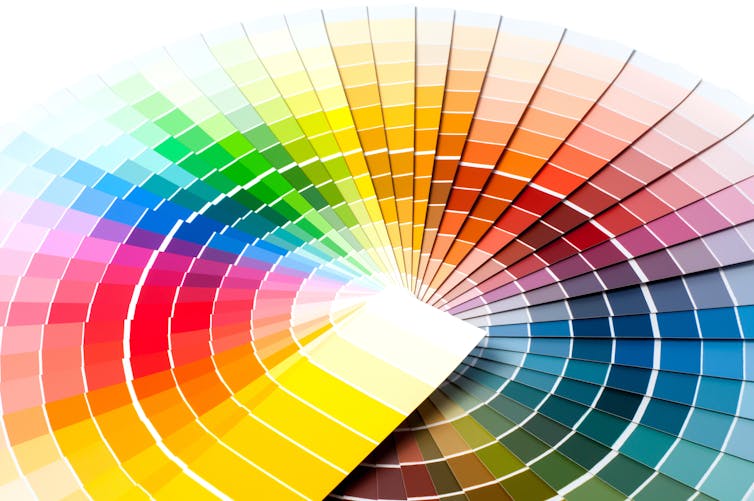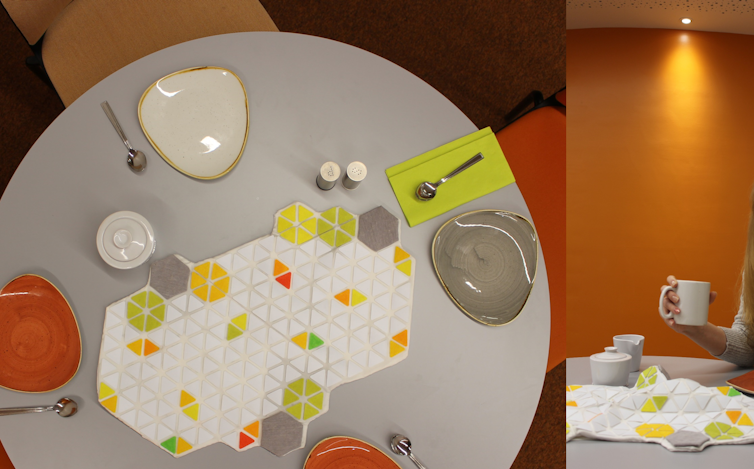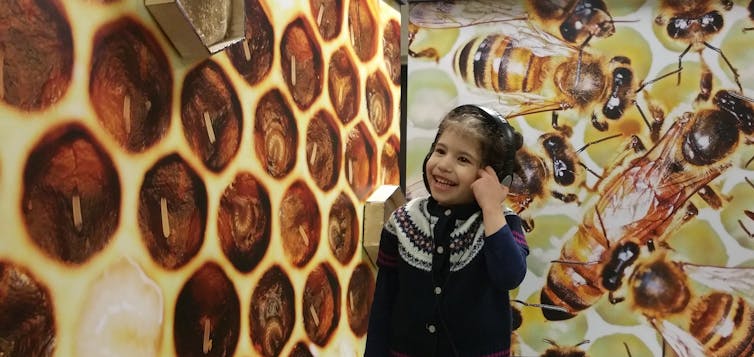interioraction
Comment: Interior design of the future will seem like magic
Published on: 18 February 2019
Writing for The Conversation, Sara Nabil discusses her work on ‘interioraction’ - blending interior design with interaction design.

Imagine a house where the walls change colour depending on your mood, or your tablecloth changes shape when you’re having a dinner party. A house where every item, from your cushions to your lampshades, interact with you. This might sound like something out of Harry Potter, but such magic interior design could become a real part of our lives in the near future.
Many homes are already smart. Research from Statista predicts that by the end of 2019, more than 45m smart home devices will be installed in US homes, and analysts predict that the smart home devices industry will reach US$107.4 billion by 2023 globally. One in four people in Britain own one or more smart home devices, such as smart speakers, thermostats and smart security, and the UK government has begun investing money in teaching elderly and disabled people how to use smart tech in their homes.
But our view of smart homes tends to veer more on the side of sci-fi than cosiness. Most of us are likely to imagine our homes of the future as having clear glass walls and gadgets that anticipate our every need. A house where Alexa rules the roost. But what if the future smart home was more than gadgets, wires, and flashing lights? What if instead, we used technology to make the existing spaces around us more beautiful?

I see a near future when technology is literally weaved into the fabric of everyday objects, when interiors will be designed as interactive, and decorative objects will no longer be static. Technology can be more than a tool to help us become more productive or make our lives easier. It can enhance the spaces we live in. I call this blend between interior design and interaction design “interioraction”.
How it works
For my PhD, I’ve been working with Newcastle’s Open Lab and NORTH Lab teams to create new types of interactive living objects that can be used in interior designs. We use thermochromic fabric which changes colour, SMA wires which move and crumple, and e-textiles for seamless sensing.
We create decorative objects that will shift and change depending on how they are interacted with, instead of remaining static in the home. Take, for example, a dinner party – what if instead of a normal table runner, you had one that changed depending on touch and physical interaction with tableware around it. Such changes include not just the pattern, colour and texture of the fabric, but also its shape and form. Dinner guests would delight as the table runner moves and morphs among them, making their dining experience even more special and memorable. This is just the beginning of what is possible with decorative objects – that could soon be interacting with each other, with us and with the environment.
You don’t need imagine such a thing: we have already created one. When we tested it with people in a live setting, many became curious of the object. Some began to pet it, treating it as if it were alive. Check it out in this video.

Such decorative objects recreate themselves, standing out from the background of our homes. We would no longer suffer from display blindness, not noticing the beautiful artwork in our homes after staring at it for too long. Each day, a vase might shift, or our paintings change.
I envision a future where you can change the pattern of your sofa at a whim much as you would swipe your screen on a smartphone, or make the towels look that little bit posher for when your in-laws make a surprise visit.
Positives and negatives
These decorative objects could do more than just move around to delight those around us. Your bedroom could change depending on whether it’s morning or night – go to sleep in a cosy warm room, and awake to a fresh space that eases you into the morning. It could be linked up to anything from the moods of your friends or even the heartbeat of long-distance partner.
These spaces could also have practical applications – we could create classrooms that change based on activities. Different colours are known to have different psychological effects – what teacher wouldn’t love to have a room that could help calm down a bunch of rambunctious five-year-olds?
Of course, there could be a dark side to this type of technology – we would need to rethink a number of ethical, social and legal challenges, most notably inhabitants’ privacy and the use of their personal data. Considering the latest GDPR changes, maybe ten years from now you might need to sign an explicit consent to sit on your host’s couch while visiting.
Because if interactive interiors become part of our homes, log and respond to our preferences, behaviours and psychological or physiological data, we might soon need new kinds of safeguard and consent for entering rooms or even for living with everyday objects such as a new hallway rug. To imagine such consequences, I’ve authored four dystopian fiction stories about the potential implications of personal data use in future smart homes.
Over the course of my research I’ve worked with architects, interior designers and artists, building fully interactive interiors in public spaces, galleries and museums – including a human-scale beehive for the Bees Exhibition held last year at the Great North Museum, Newcastle UK.

The human-sized hive was designed as a sticky and multi-sensory experience where people could wander about and interact with its soft pollen and honey-sticky hexagons, embedded with seamless touch-sensitivity and audio feedback, and learn about the mysterious life inside the beehive.
You may not want to live in a life-sized beehive, but with this new type of research and technology a whole new way of living could be possible. Many people fantasise about the magic of Harry Potter. They dream of the moving paintings and staircases. This magic could, someday soon, be real, and in true Hogwarts style – you won’t see the wires, you’ll just feel the magic.
Sara Nabil, PhD Candidate, Newcastle University
This article is republished from The Conversation under a Creative Commons license. Read the original article.



